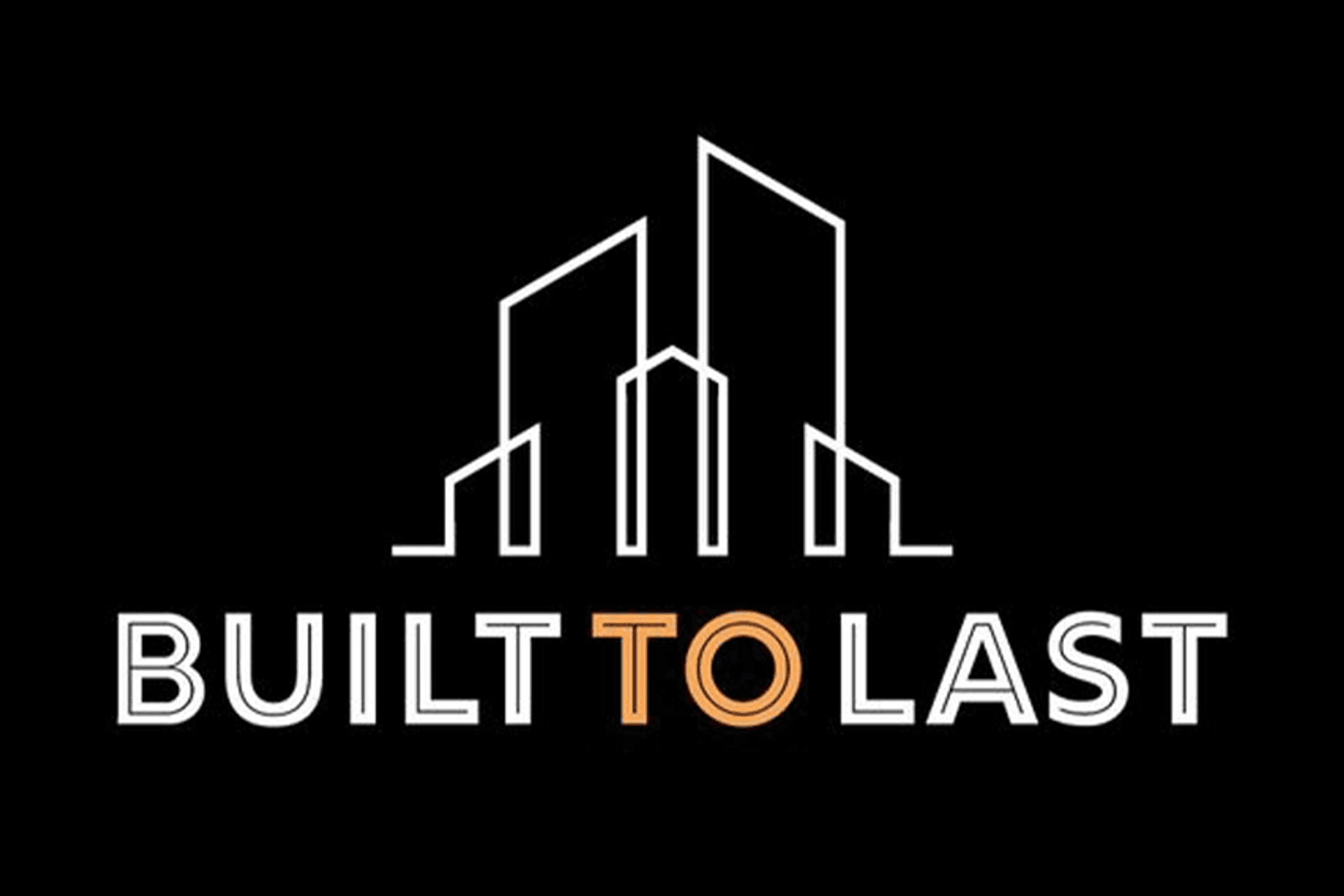Not all doom and gloom for the sector

For most of us, the end of 2020 cannot come quick enough, with COVID-19 having created incredible disruption and uncertainty for many companies and the people they employ. In this, construction is no different from other industries. However, across the course of the year, I believe that we have witnessed the emergence of some bright spots, both at project level, as well as from a broader industry system perspective.
In terms of what characteristics have emerged on recently completed commercial projects, the key takeaways from reviewing this year’s New Zealand Building Industry Awards entries include:
- Building Information Modelling (BIM), which is a technology that the NZIOB has been a leading promoter of, has become a standard tool for designing and delivering commercial construction projects;
- That there is no shortage of creativity being applied on our country’s building sites;
- And that the construction industry provides incredible opportunities for our young people. As an example of the latter, this year’s Young Achiever Award and the Supreme Award Winner, at under 30 and 35 years of age respectively, are both responsible for delivering $100M+ construction projects.

From an industry systems perspective, there were a multitude of undertakings or developments across 2020 that provide a sense of optimism for the future of the construction industry:
- The industry should be very pleased that we had in place a Construction Sector Accord when the pandemic hit, out of which has flowed a stream of benefits:
- The Accord’s empowering of the newly created Construction Health & Safety New Zealand (CHASNZ) to create a set of protocols (with others) for operating construction sites at level 3 and 2. Those protocols were peer-reviewed by an international agency, who commented that they were some of the best they had seen globally;
- The communications that the New Zealand Construction Industry Council (NZCIC) and CHASNZ developed and pushed out to industry via the NZCIC’s 35 member associations proved to be extremely successful - in times of crisis, having a source of reliable, timely, and relevant information during what was a fast-changing environment was key;
- The instruction from MBIE to government agency CEOs that live construction projects be treated as a change of laws during lockdown was beneficial to main contractors and alleviated uncertainty;
- The ‘shovel ready projects’ initiative, that gave the industry some line of sight on projects that were coming to market in the short-term; and
- There is a workstream that is looking at updating New Zealand Standard (NZS) 3910, which is making great progress, with the initial scoping work being funded in part by the NZCIC and in part by up to six government agencies, reflecting a true industry-government collaboration.
- Outside of the Construction Sector Accord:
- In the education space, construction receives one of only two Centres of Vocational Education that have been developed. They have funding to undertake six workstreams that are designed to elevate the effectiveness of vocational training for our industry;
- With the emergence of CHASNZ two-years ago, and the setting-up in New Zealand a year ago of Mates in Construction, the industry has Health & Safety and wellbeing of our people, front and centre;
- With the creation of the New Zealand Infrastructure Commission earlier this year, we have a government agency that is charged with providing industry with line of sight on upcoming government projects, allowing government to be strategic about when projects are brought to market, ensuring that the industry has the required capacity and skills to undertake the work;
- The recent work of Kāianga Ora looks very promising. Already they have brought new build and retrofit projects to the market and are signalling that they wish to support the industry in tooling-up to deliver product or processes that align with the desire for industry to adopt modern methods of construction;
- Which connects with MBIE’s 2019 Building System Legislative Review, which includes a proposal to make it easier to consent projects that incorporate usage of Modern Methods of Construction;
- Currently at industry feedback stage, is a MBIE proposal to increase the number of government agencies that will be required to use the 2019 Government Construction Procurement Guidelines; and
- MBIE’s engagement with industry on their Building for Climate Change programme, which has the potential to be aspirational.

Underpinning all of that, is the strong messaging from government that they see the construction industry as being critical to the success of the New Zealand economy. This is not confined to a commentary on the Labour government, rather, all of the spokespeople for Building & Construction from the five main political parties, entered the 2020 election campaign expressing similar sentiments - the view is pervasive.
With the industry itself demonstrating high performance through the practice of building, when taken in conjunction with the structural improvements that are shaping the education and regulatory environment, there is a confidence that construction is firmly on track to become the industry many of us have imagined for some time: productive and profitable while being heavily invested in the wellbeing of its people and the environment.
Malcolm Fleming
Chief Executive, NZIOB
